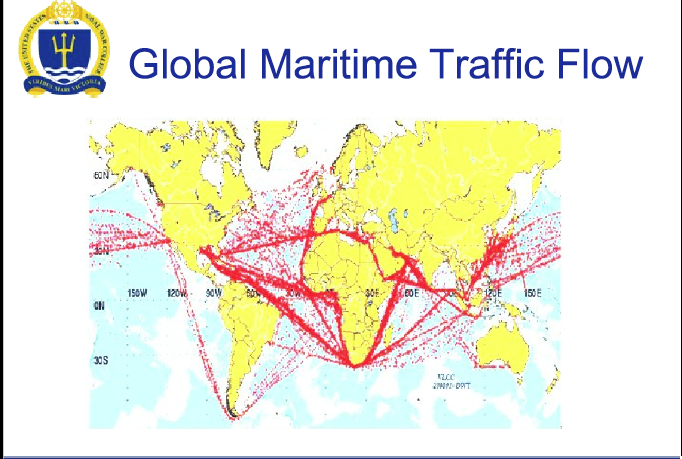Maybe you forgot what our carrier did to East Pakistan in the last war. Chittagong harbor was destroyed, along with the entire eastern fleet of the Pak navy, and "not a single vessel could be out to sea" by Pakistan, as the communique sent to New Delhi affirmed.
But that is besides the point. Land attack is not the primary role for carriers in the Indian navy. What neither you nor
@MarkusS seem to know, amidst all the pathetic poverty trolling from his, is that medium sized carriers are mainly for fleet air defence, and control of the battlespace in the oceans. An aircraft carrier with a squadron of decent aircrafts makes all the ships in the group pretty much invincible against navies that lack a carrier.
The aircraft carrier is meant to protect the smaller ships. No enemy ships can come anywhere within a 500 km radius of the carrier and its group. No enemy aircraft can get even within firing range of our ships. Battle groups of PN or any other navy without inherent airpower do not stand a chance. That is the reason for carriers - and three good carriers with a good airwing can pretty much ensure naval supremacy in the IOR. (Unless the enemy has powerful air wings too.)
The IN can roam with impunity in the IOR, enforce a naval blockade, destroy enemy fleets, all without over exerting itself, due to the organic airpower that it possesses. The IN has more than half a century of experience with aircraft carriers, so don't delude yourself that they don't know their own needs.
India has a legitimate need to protect the IOR in times of war. Complete sea control, and naval dominance is paramount, to keep our supply lanes intact, and to disruput the enemy's supply lanes and trade.
@MarkusS : If you spent a fraction of the time reading and learning about what you want to discuss, as compared to the time you spend on gloating about poverty to make you feel good about yourself, you might not appear so ignorant.














